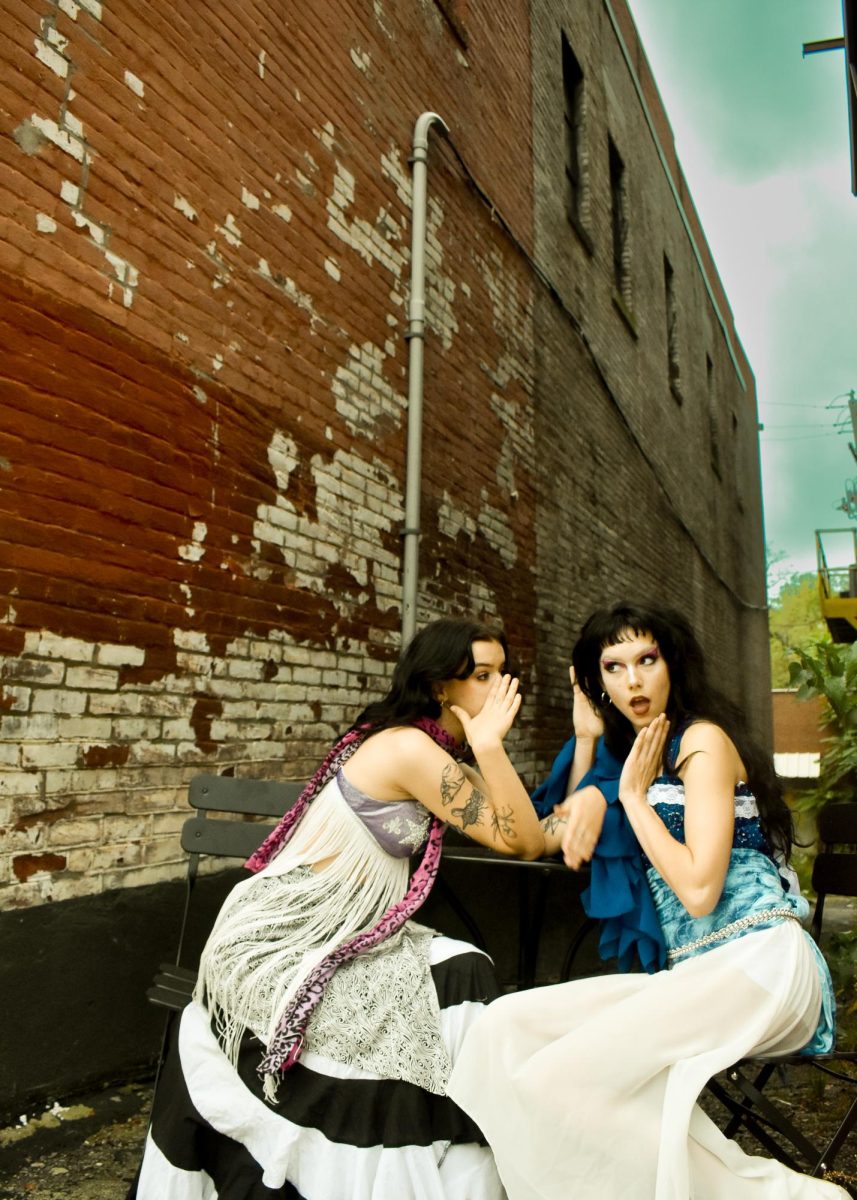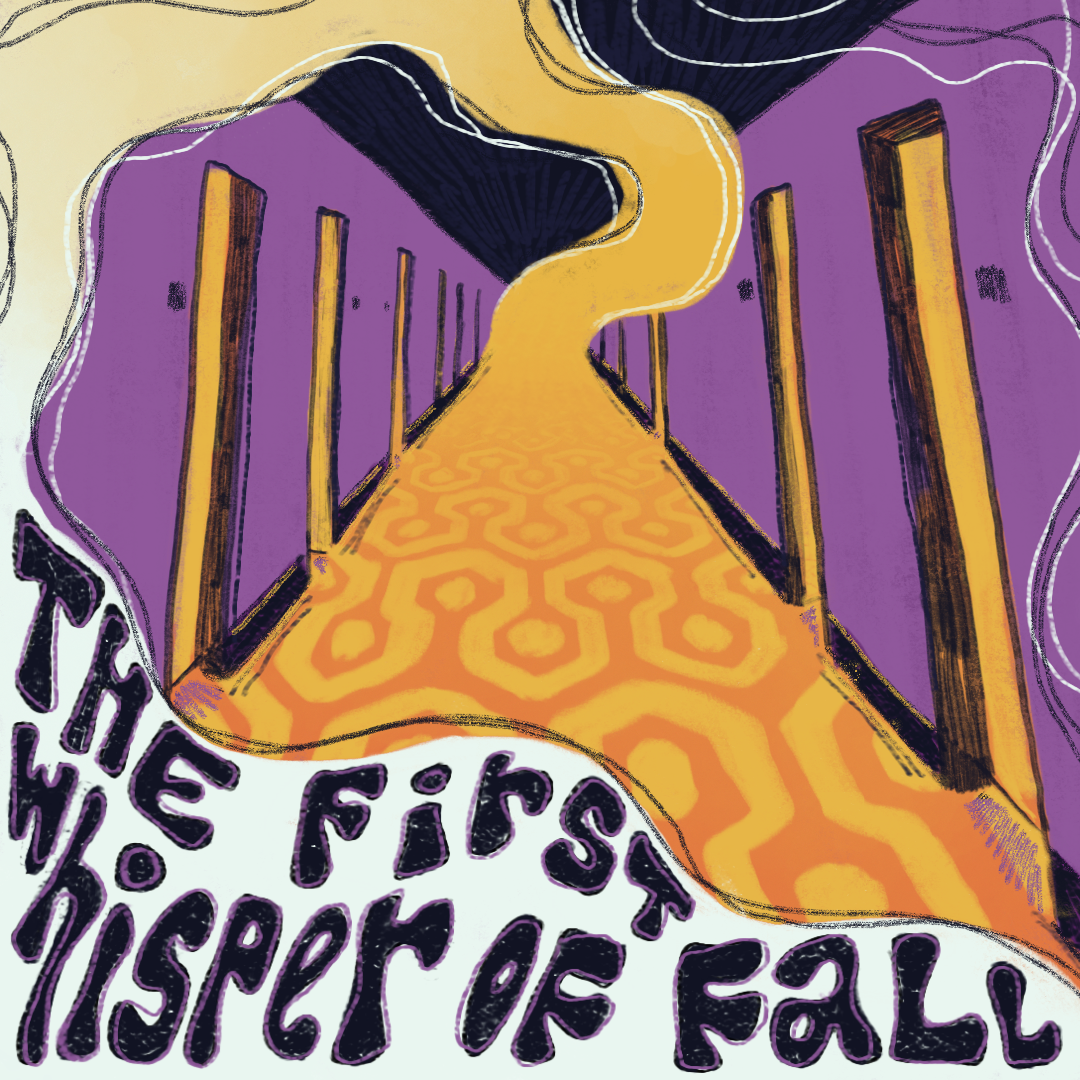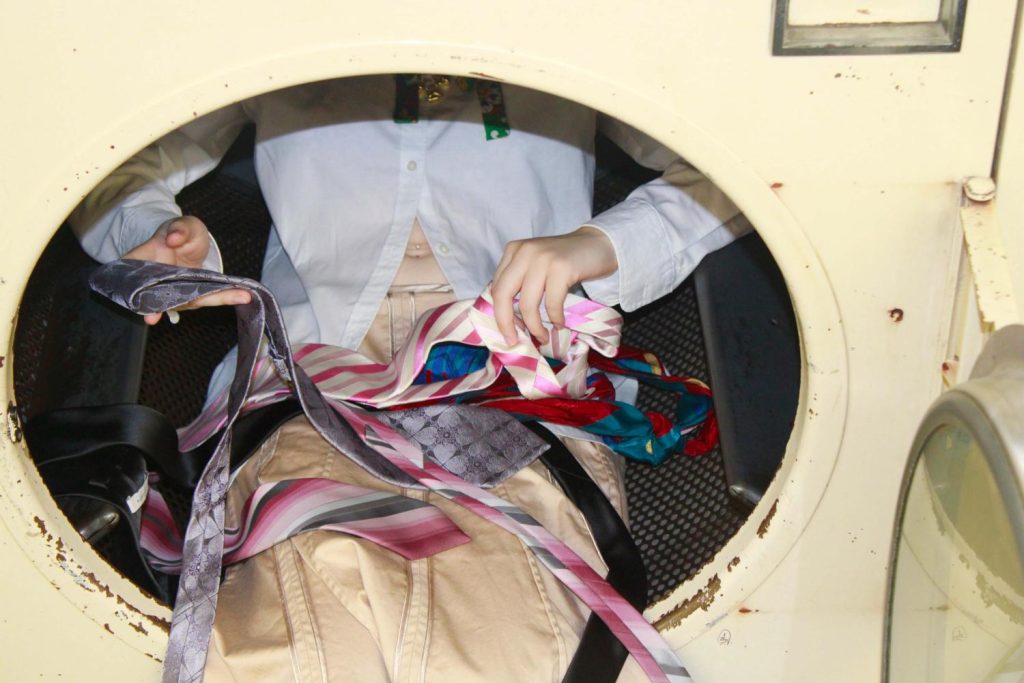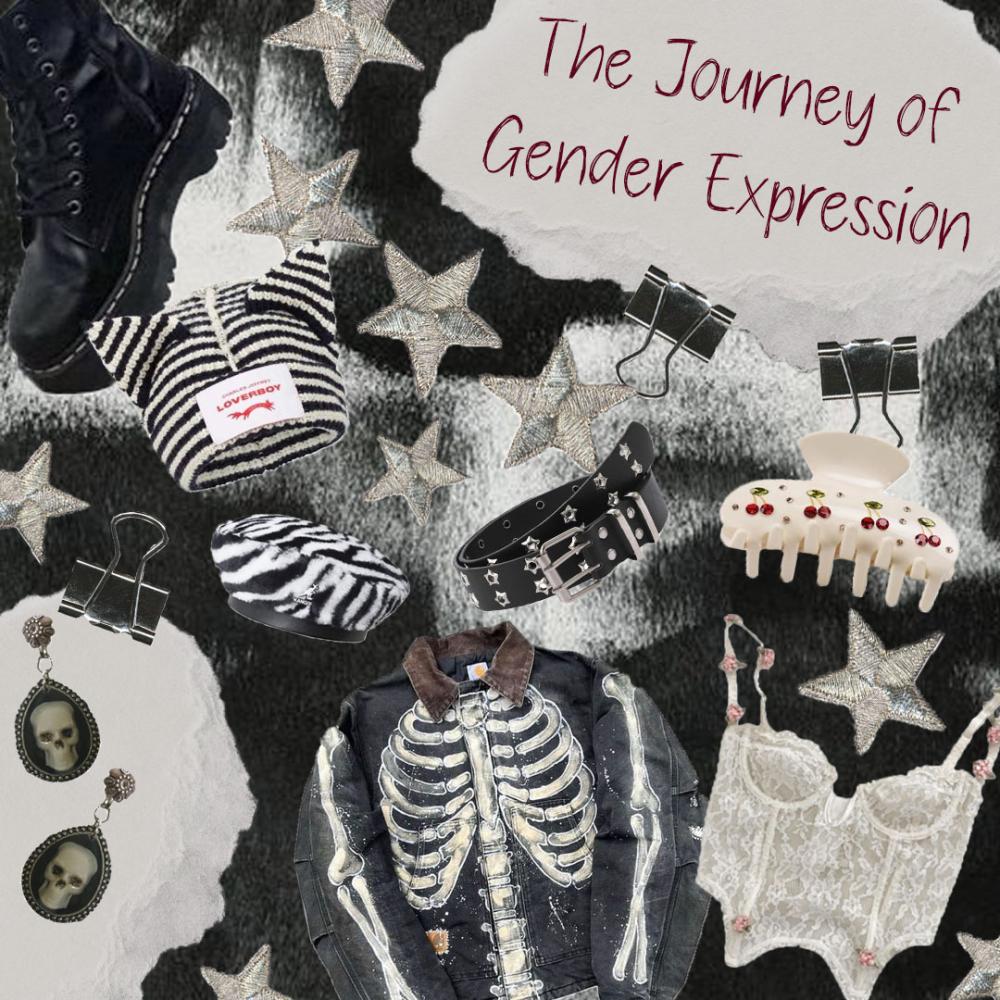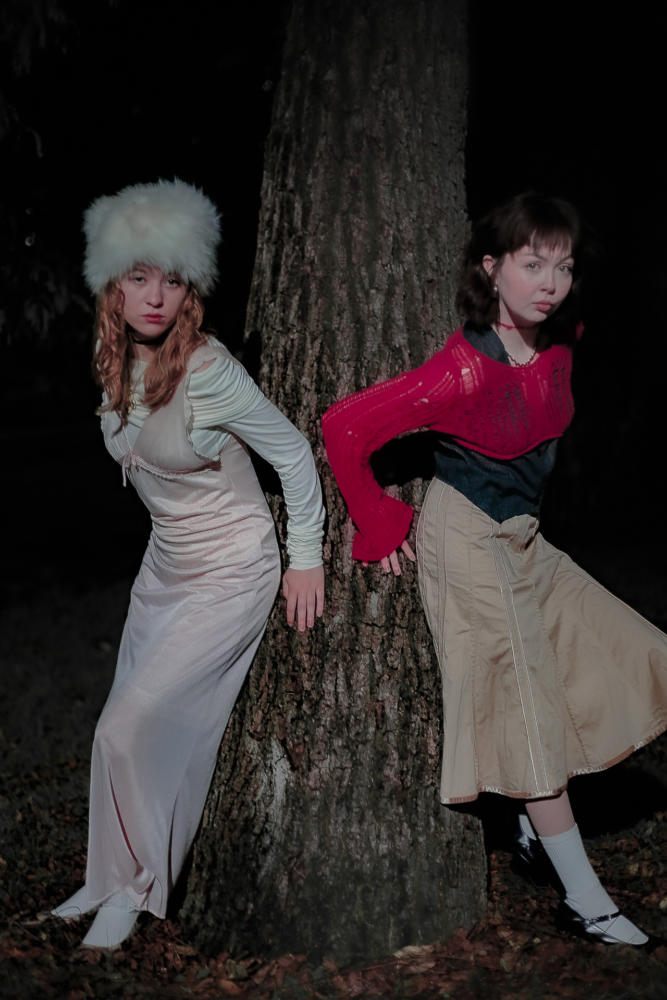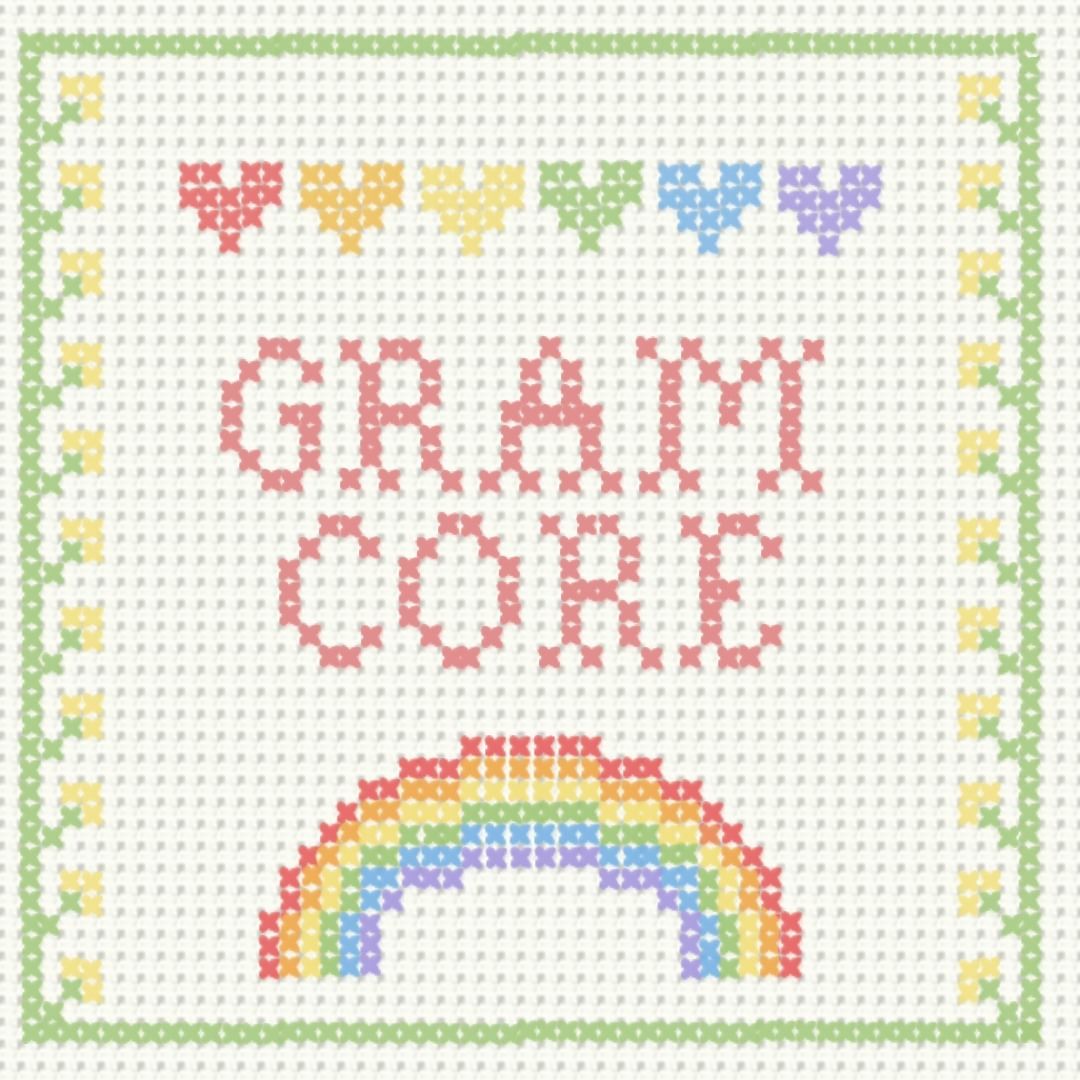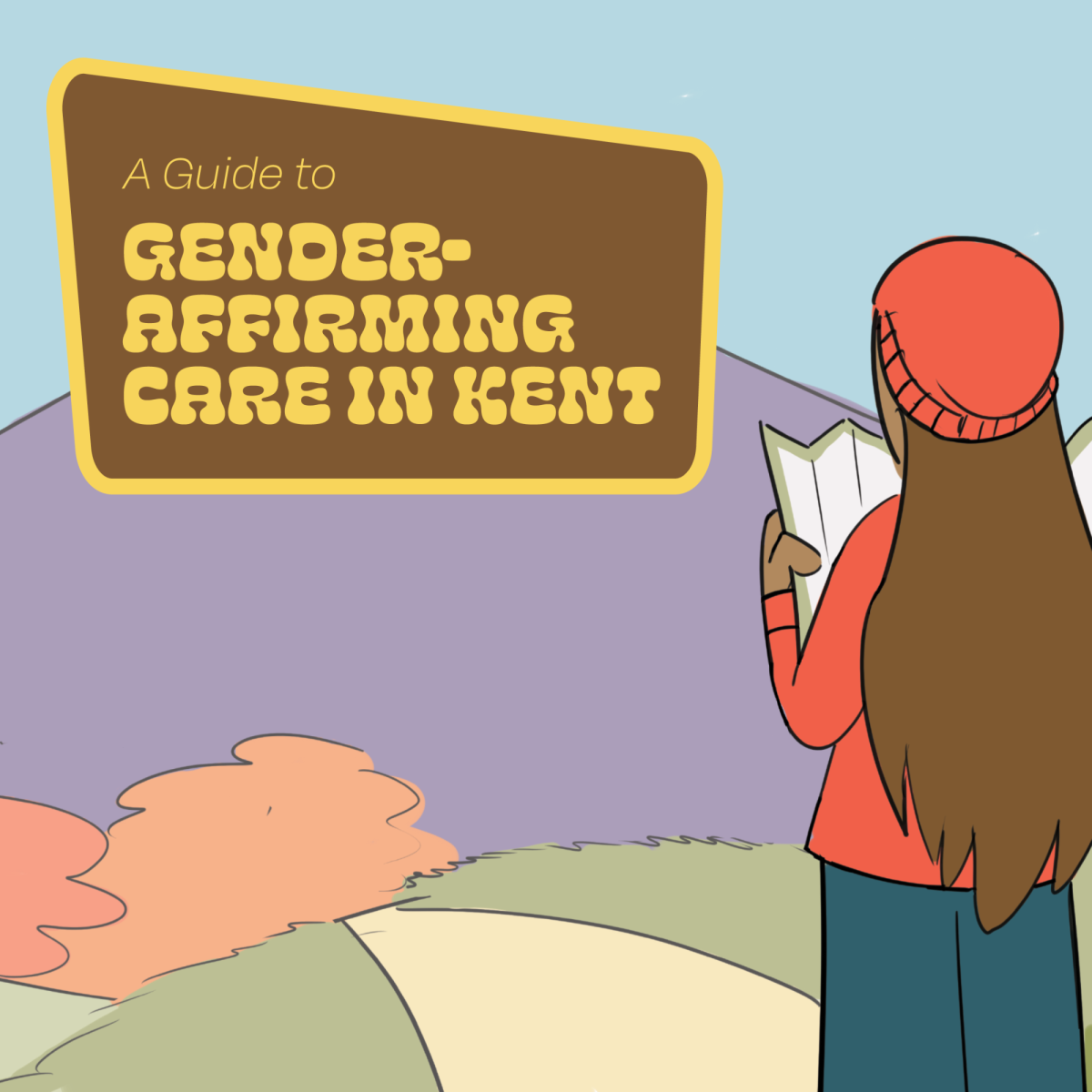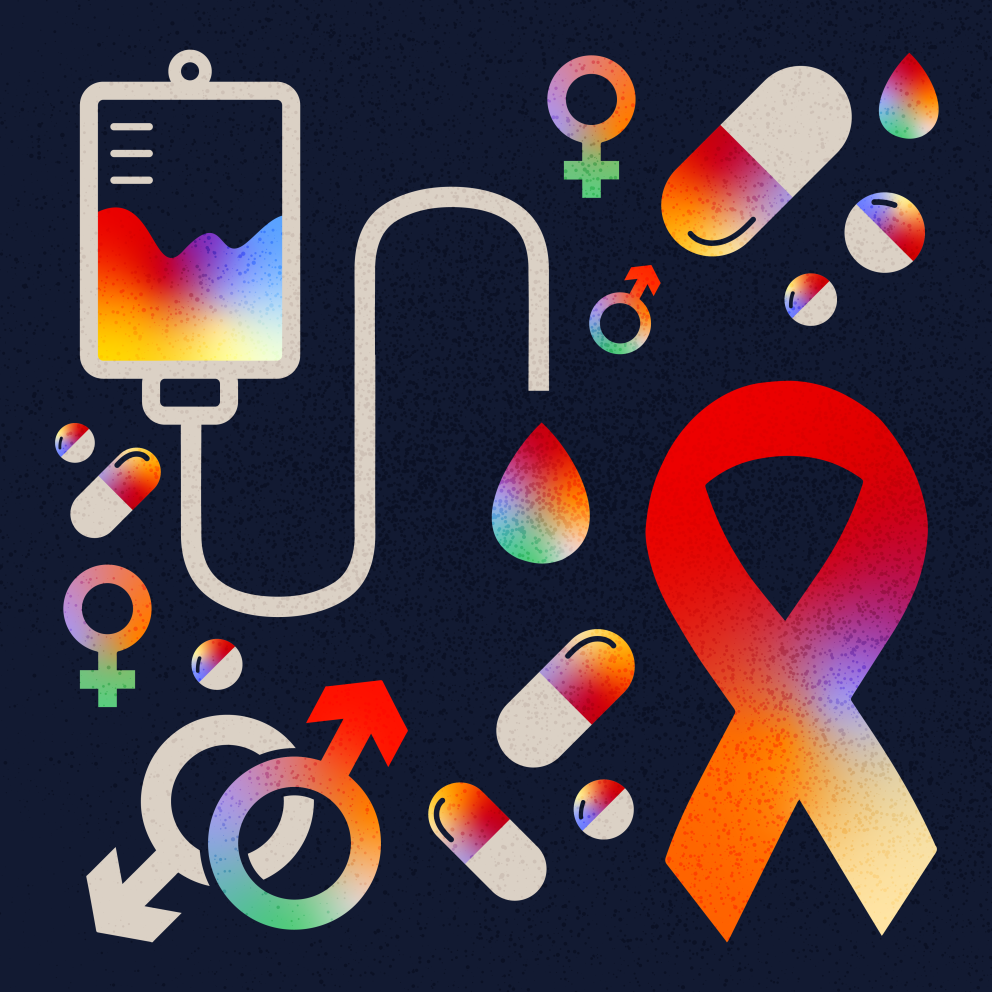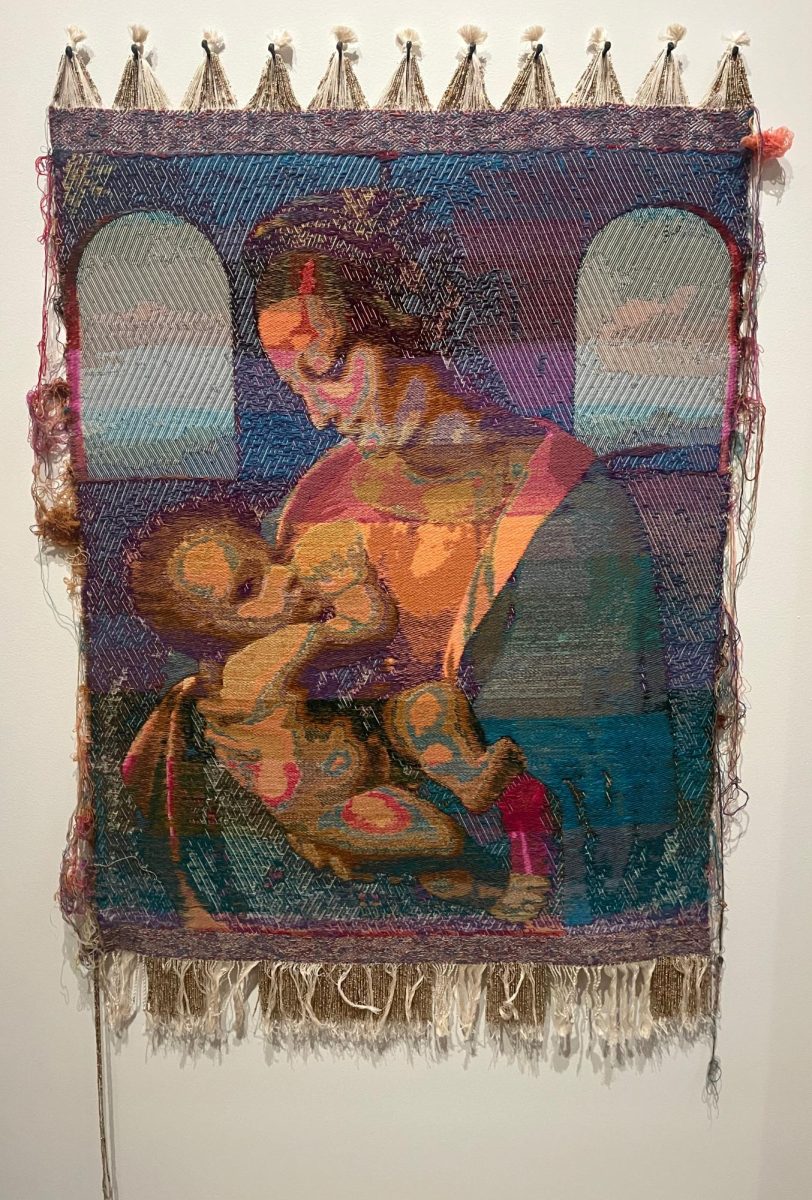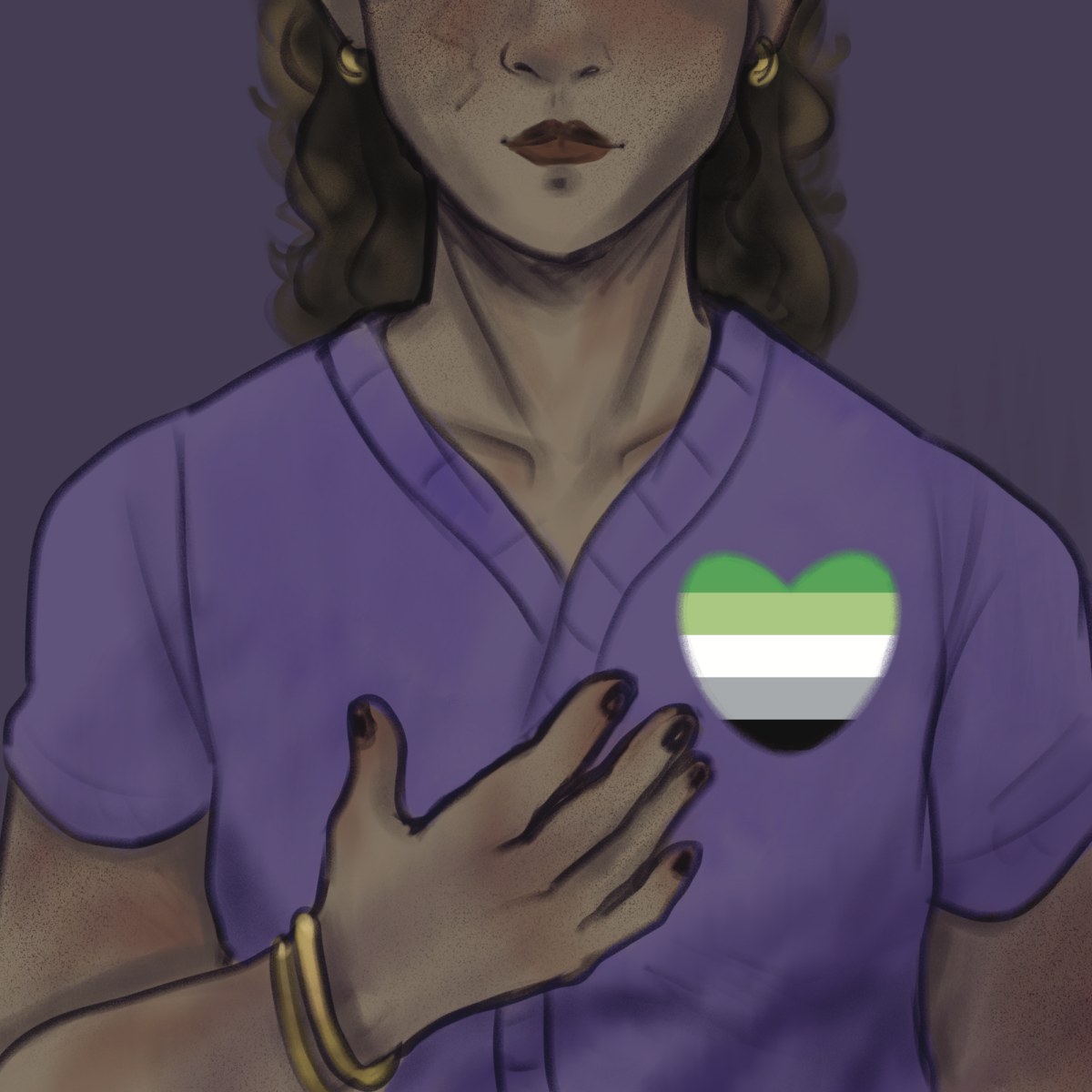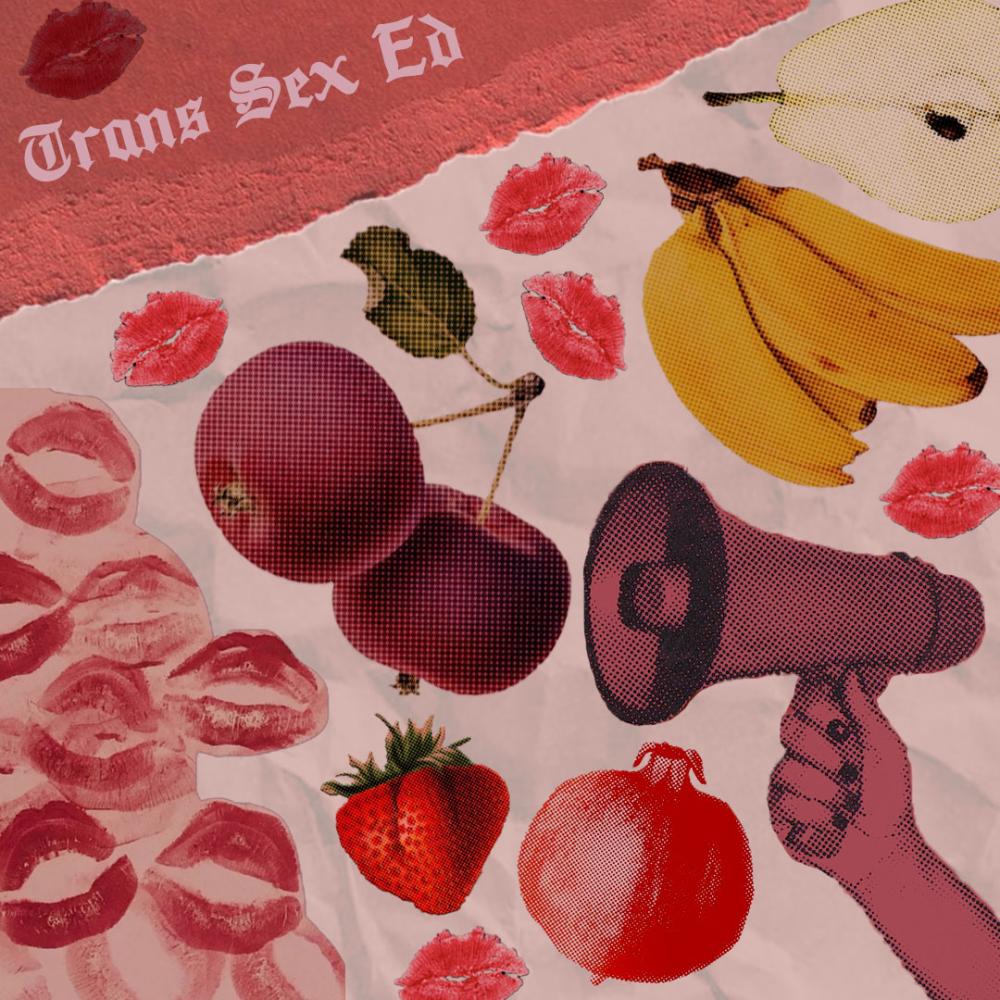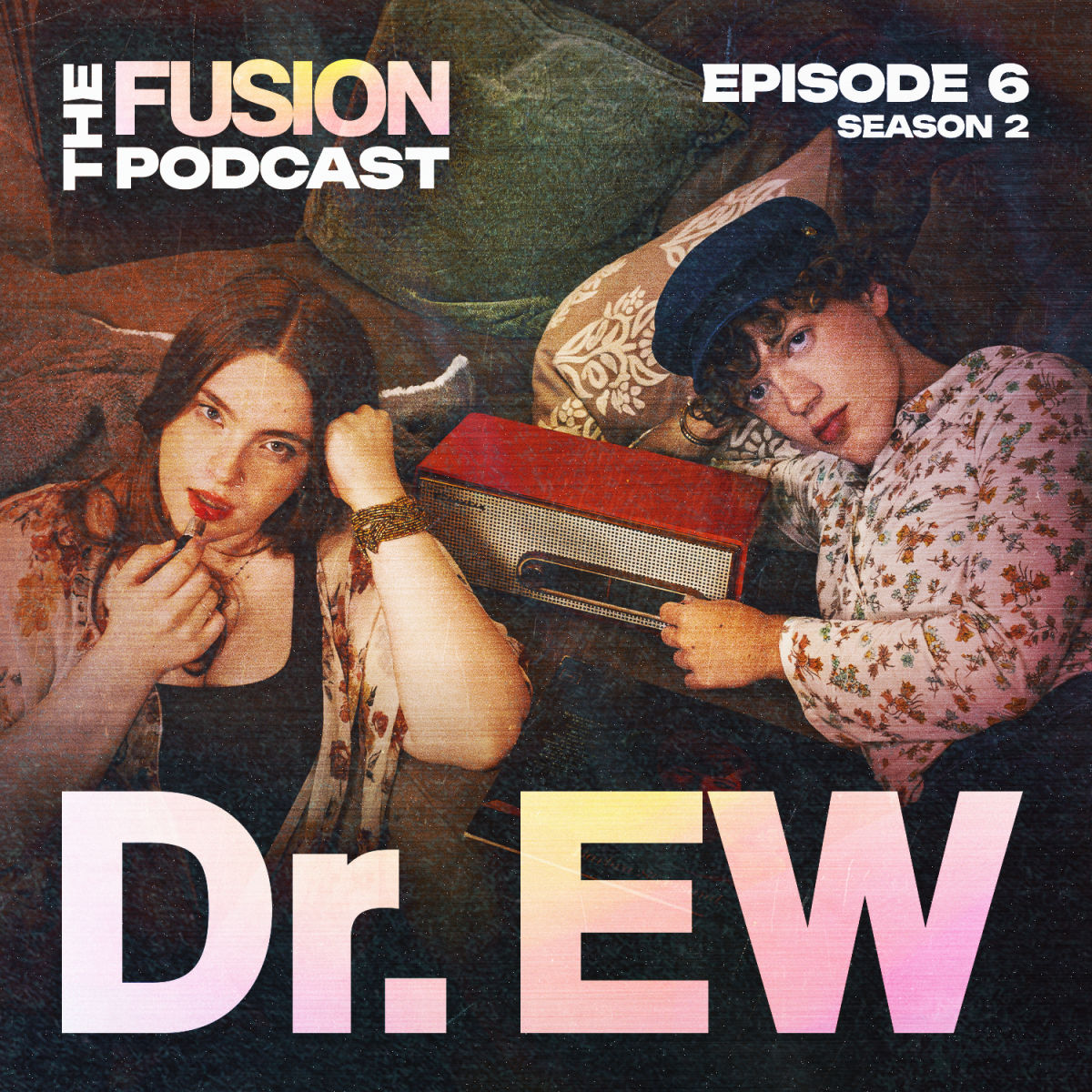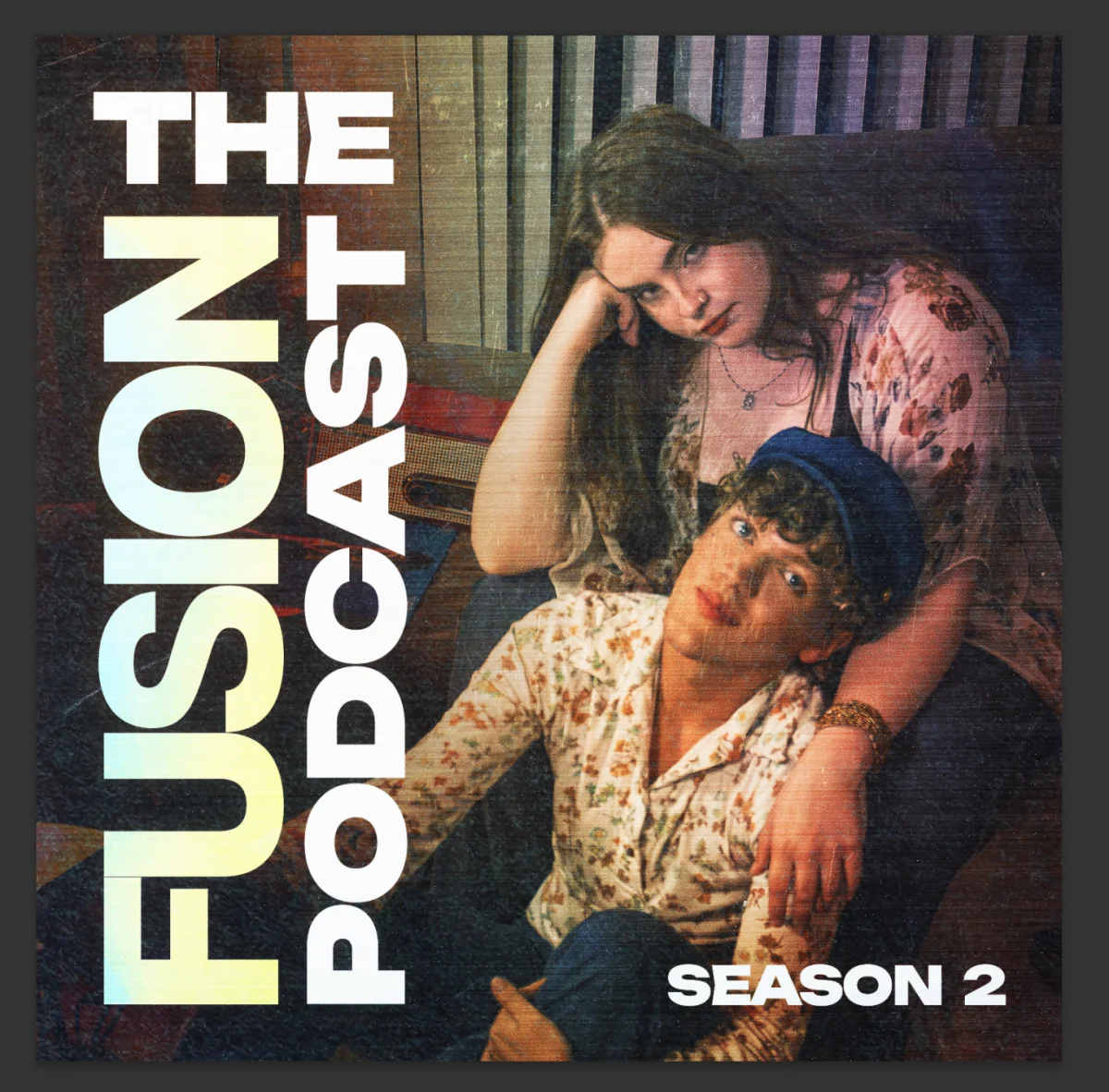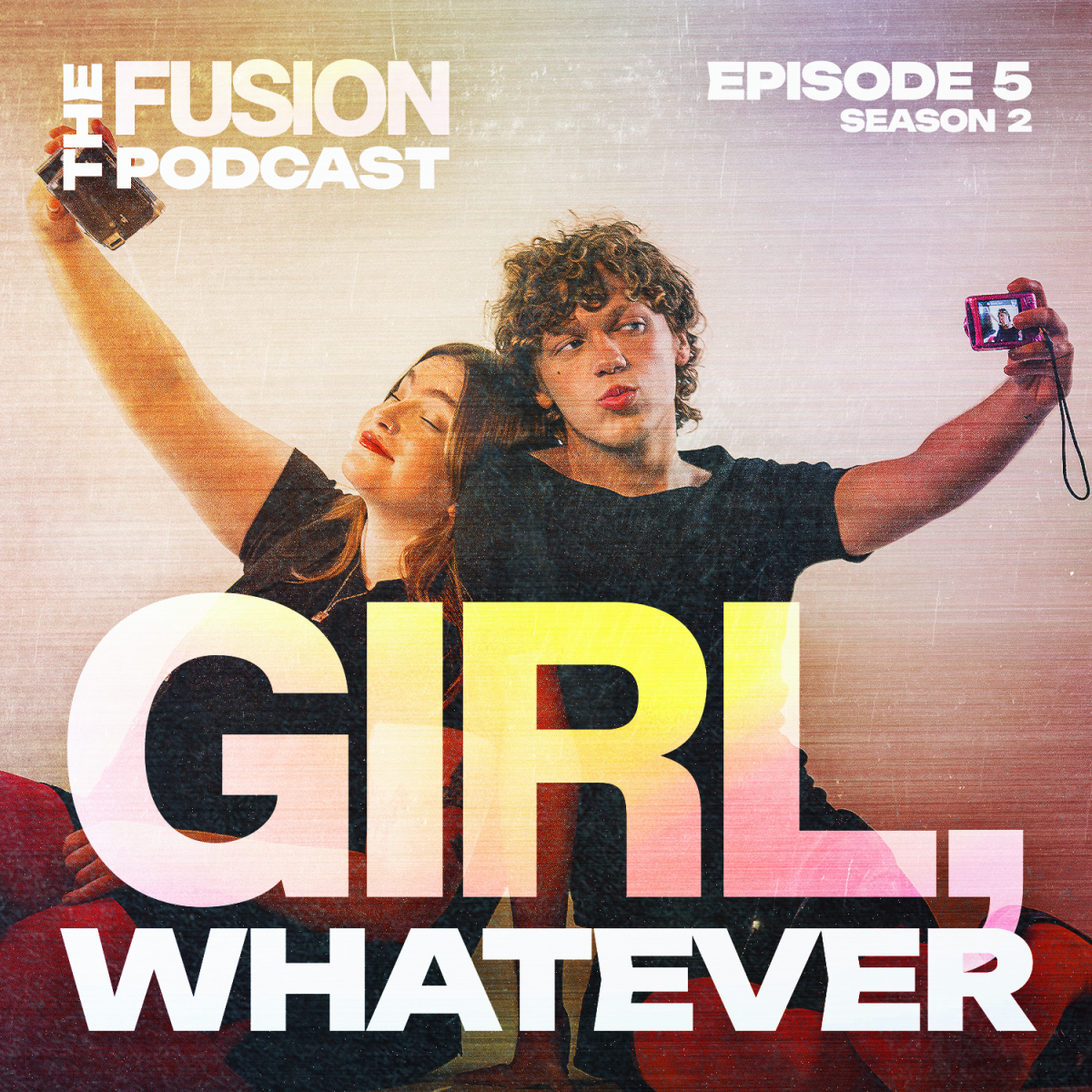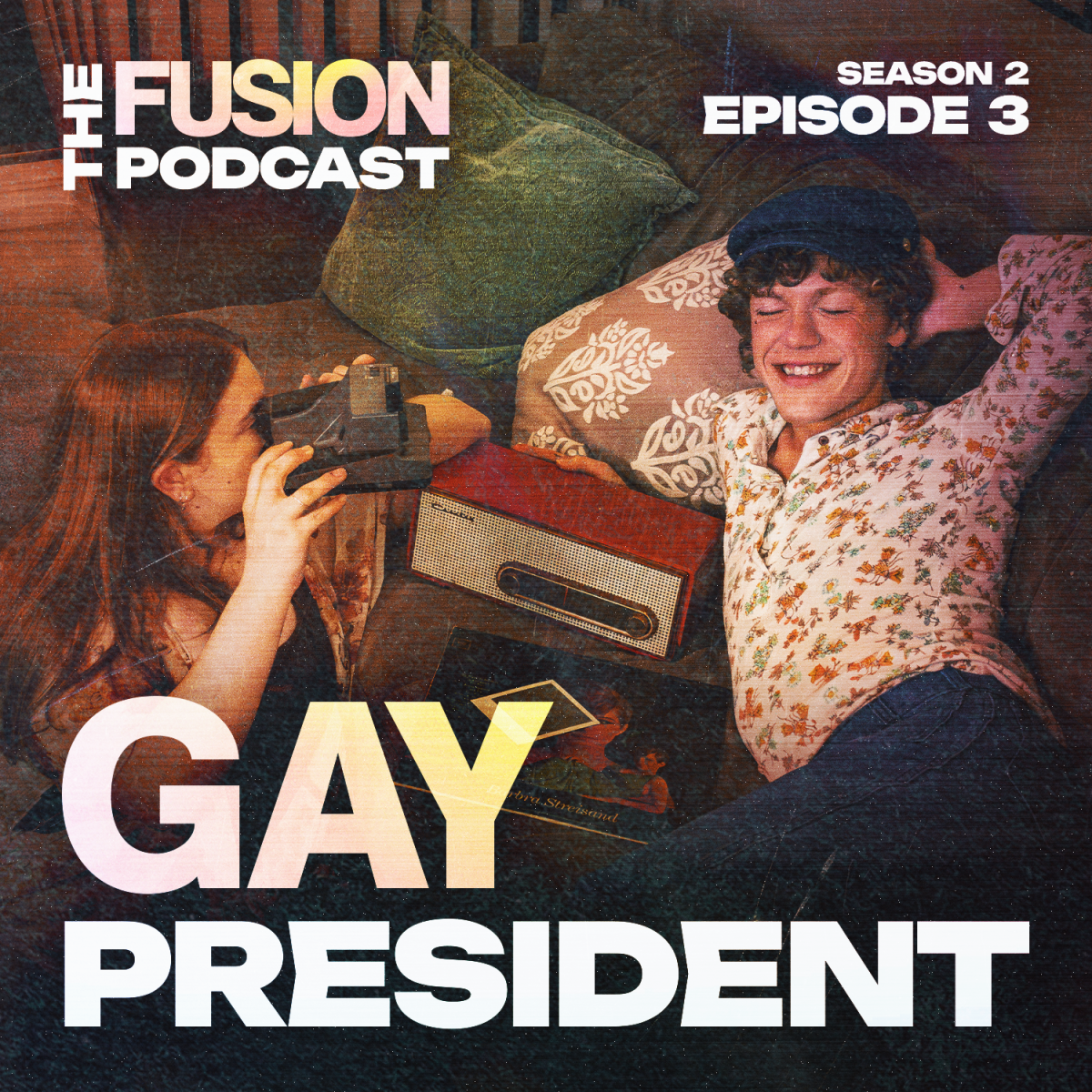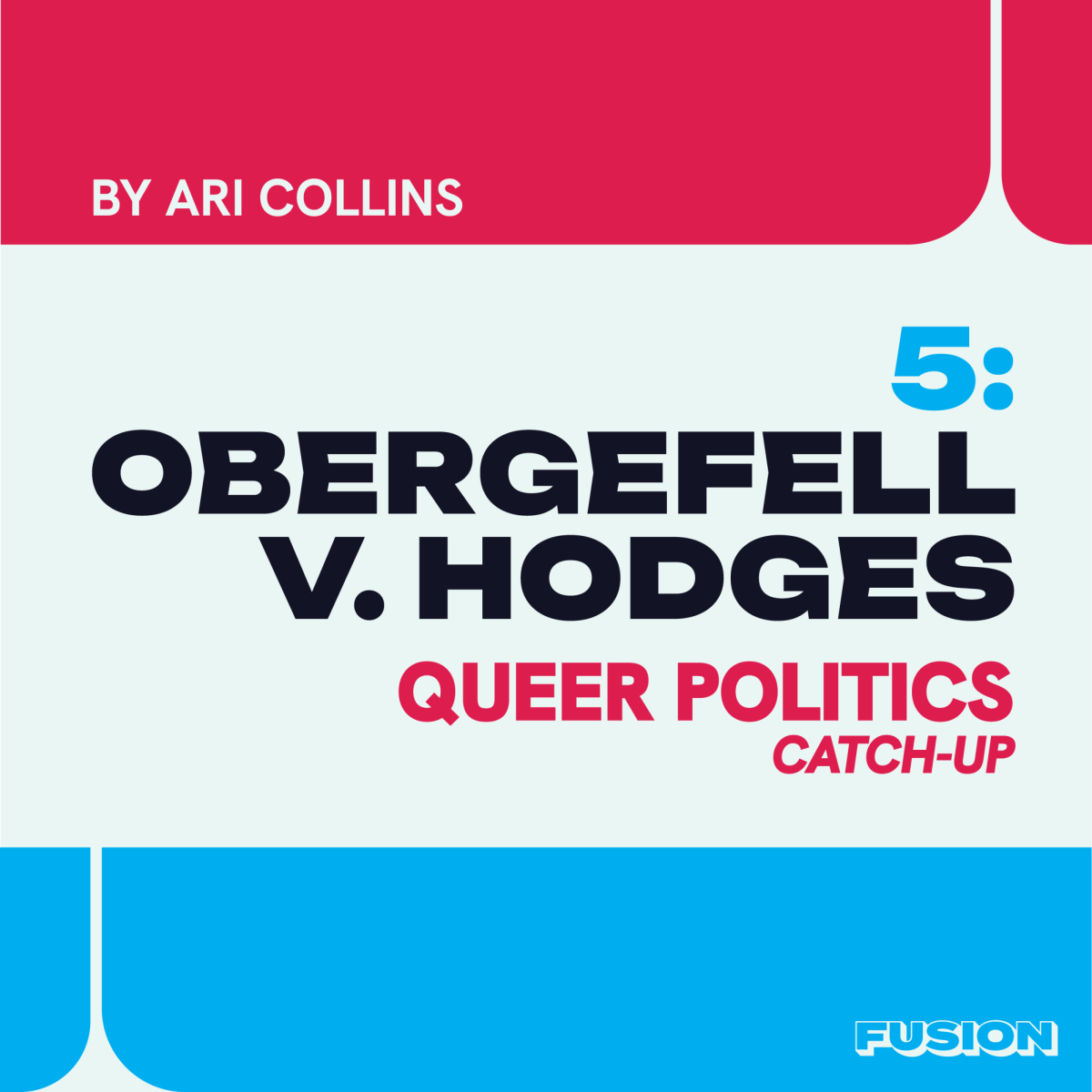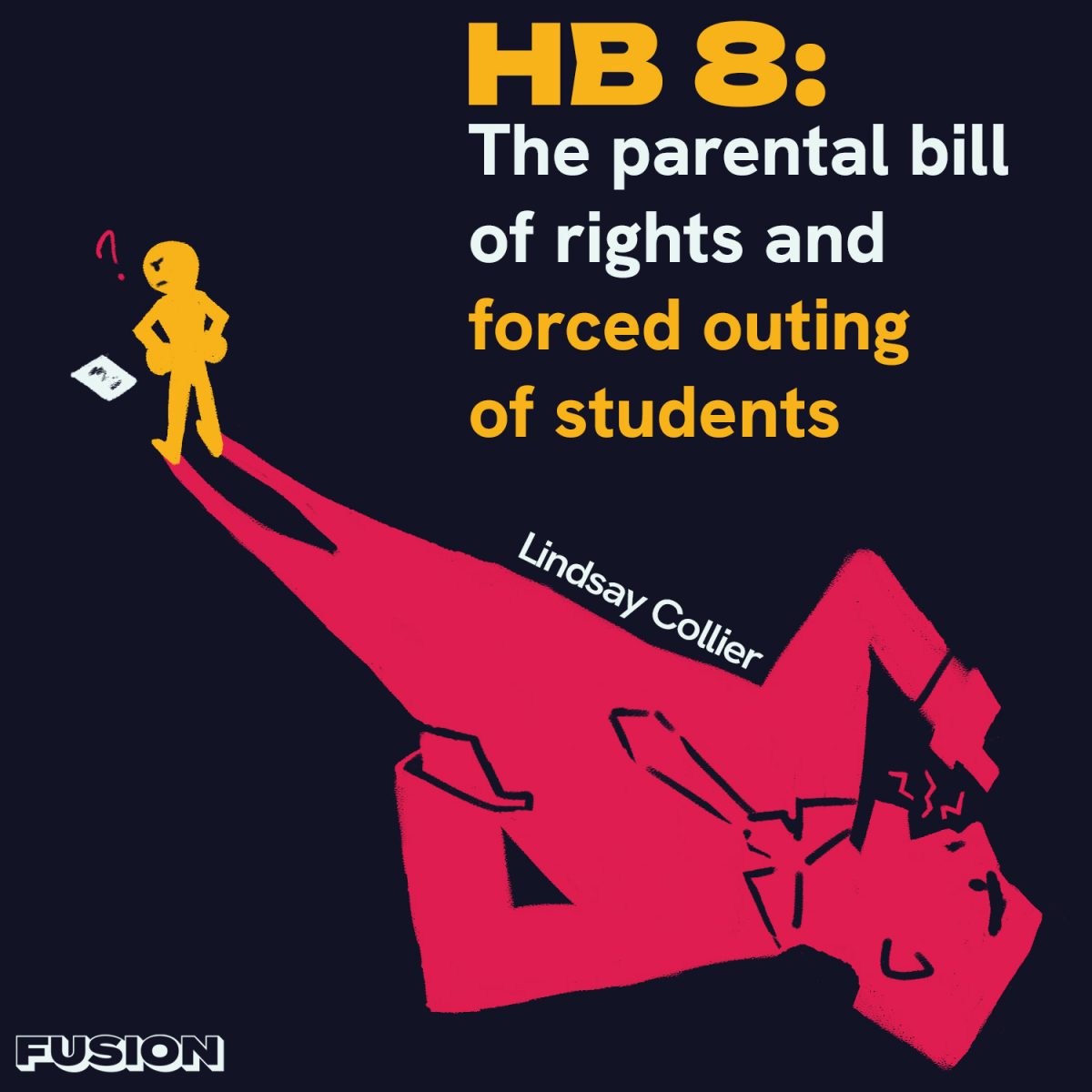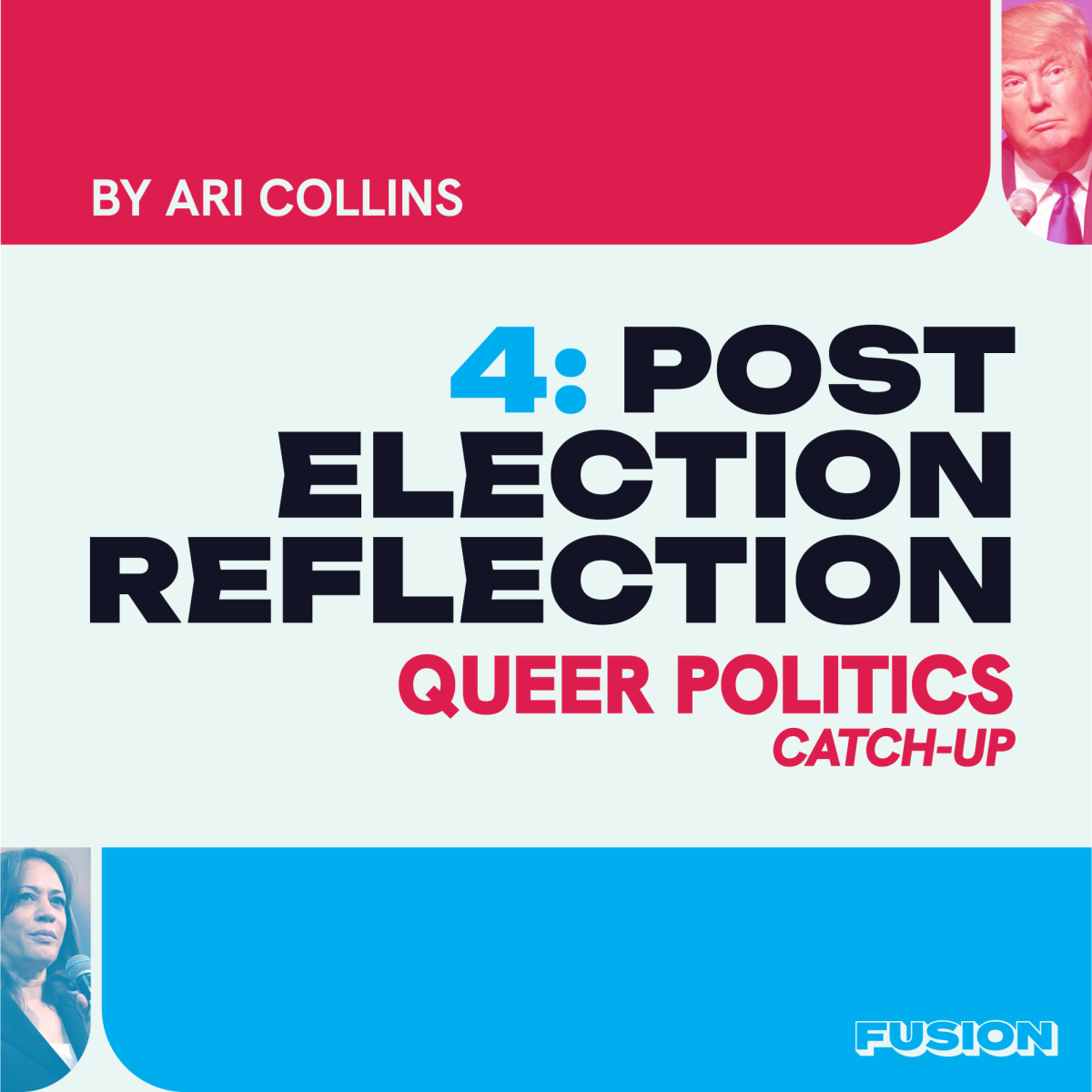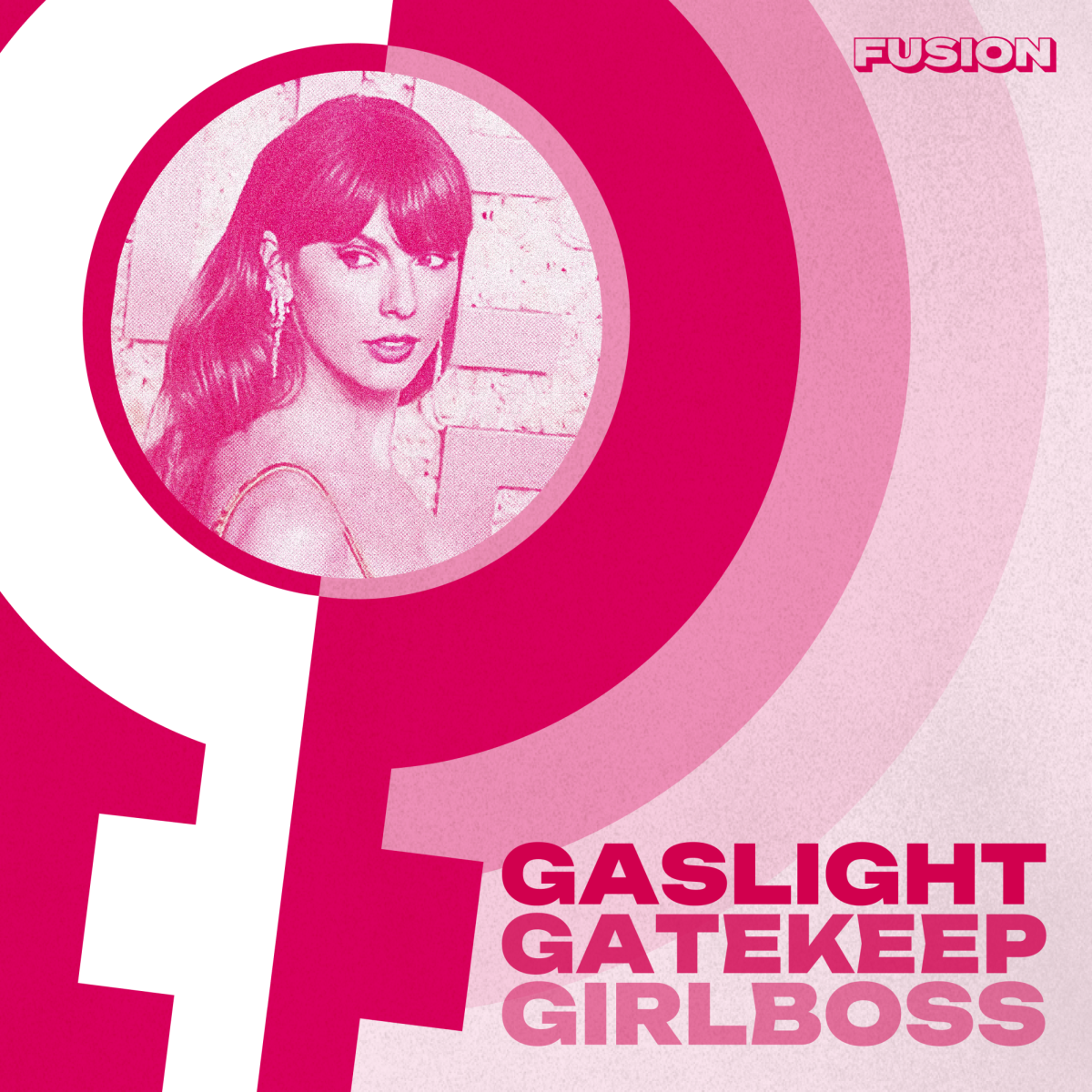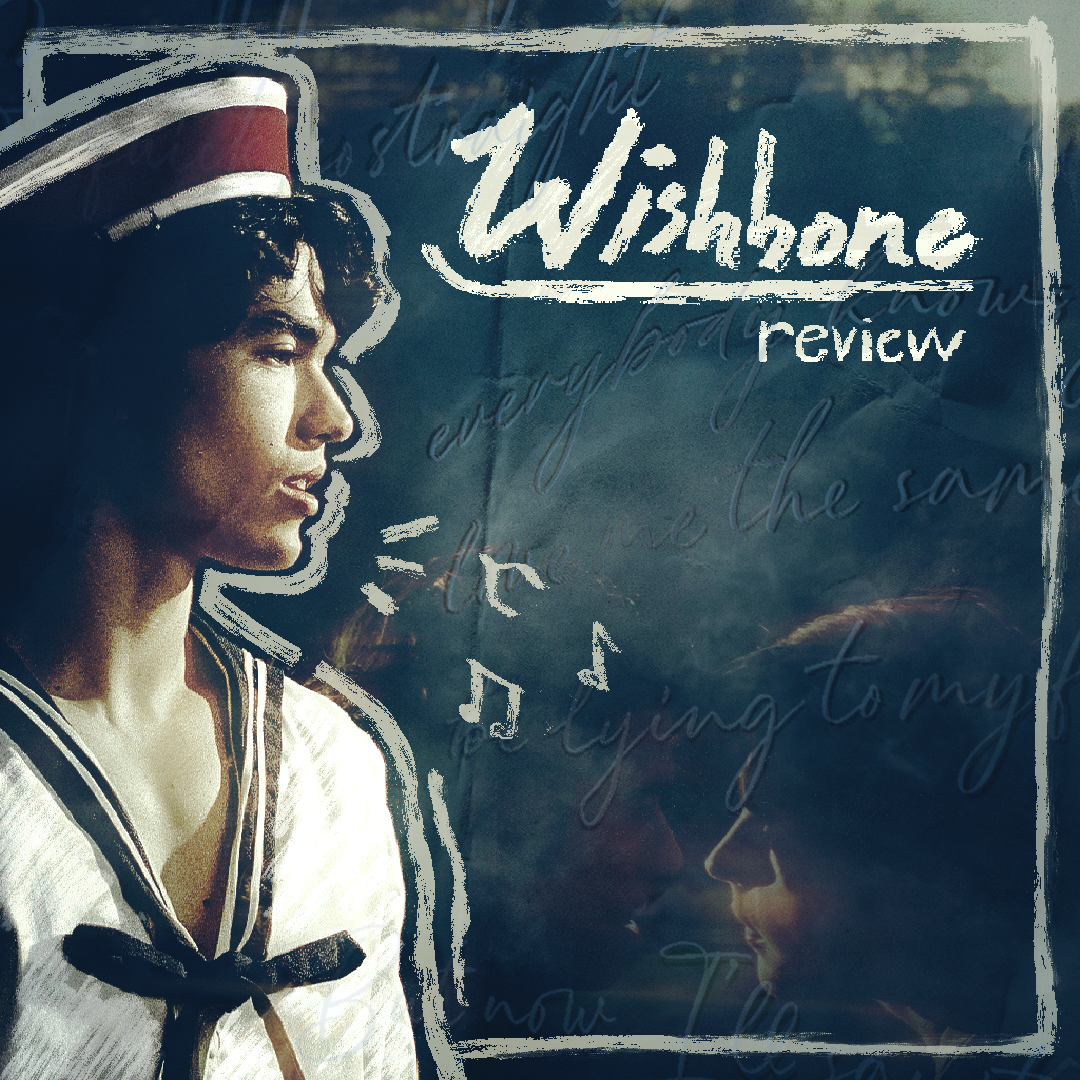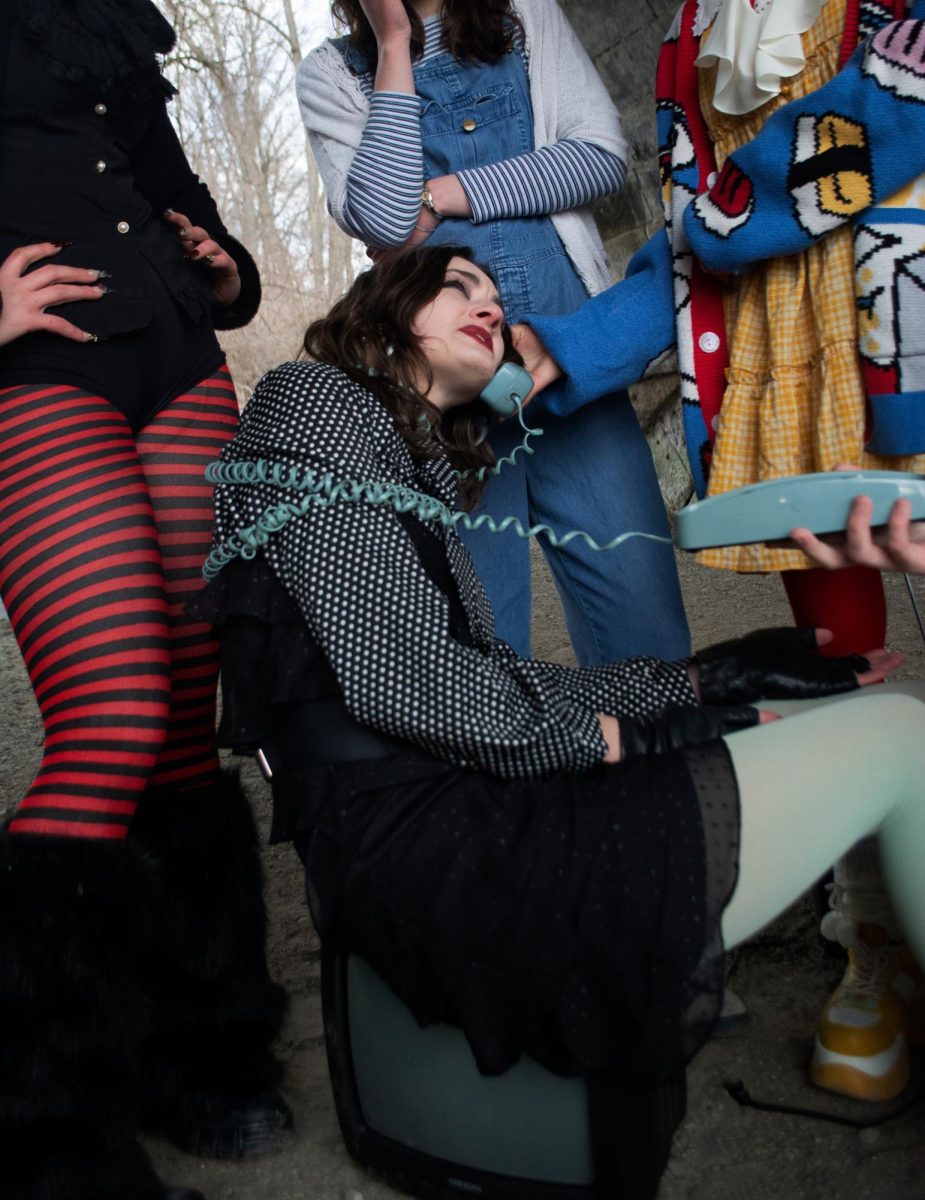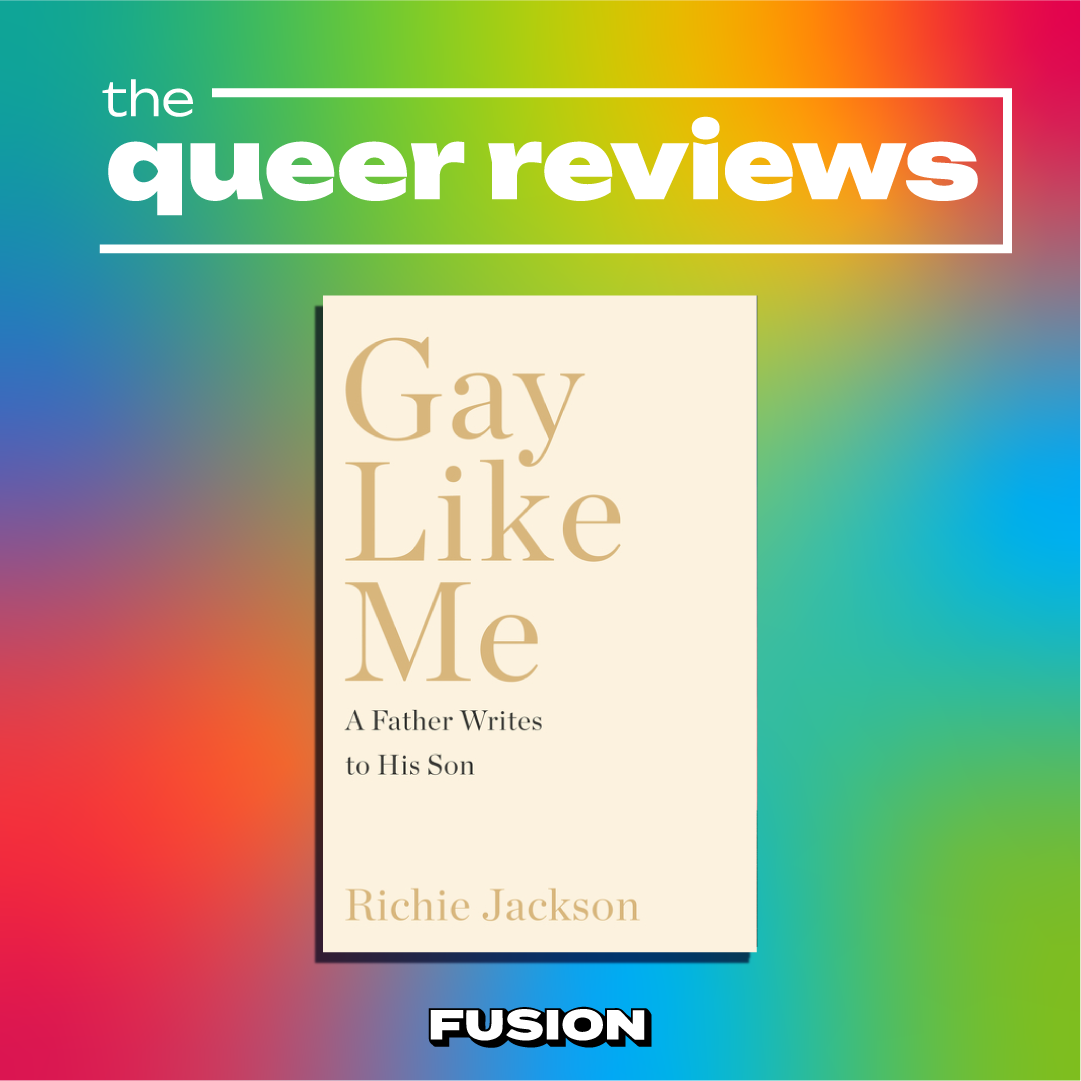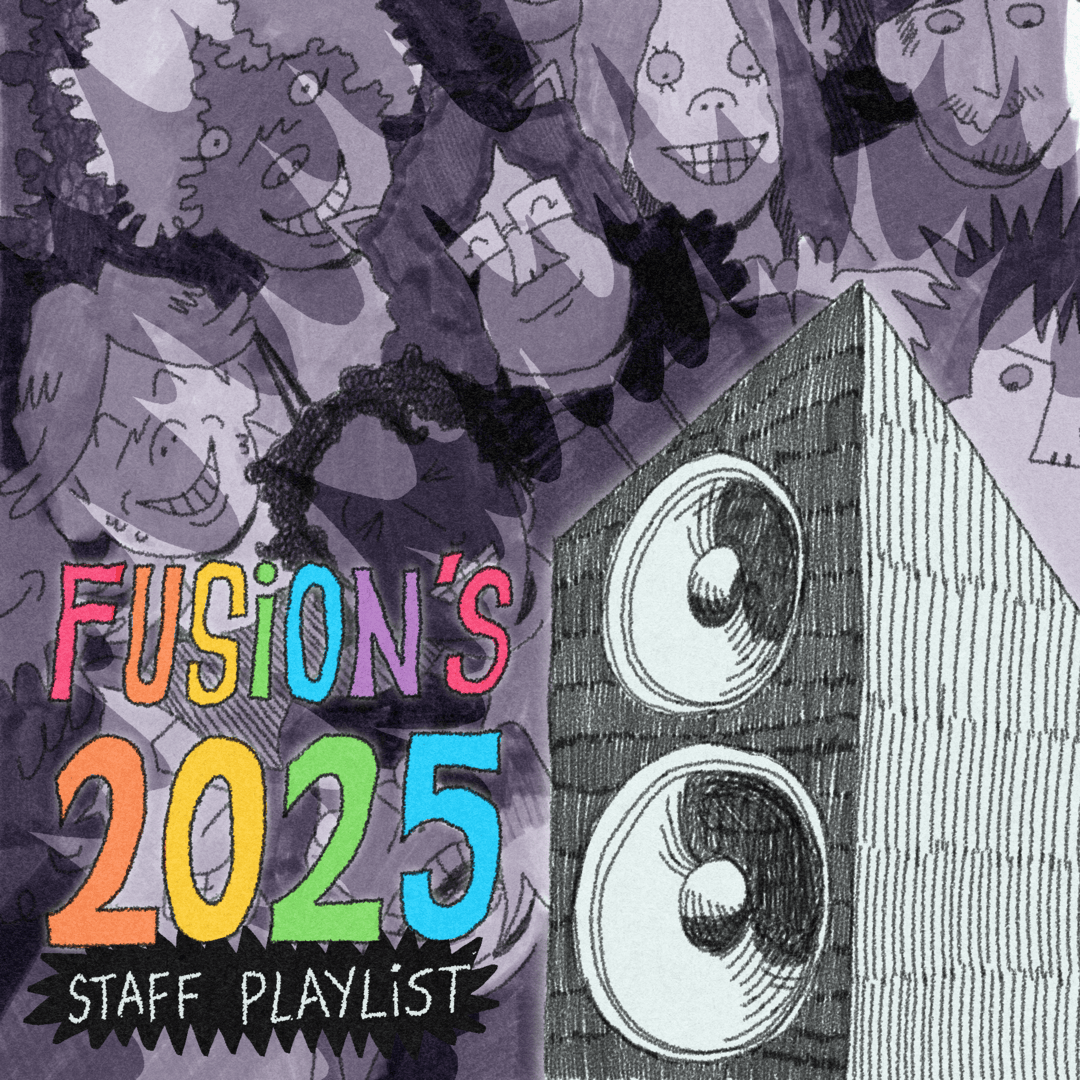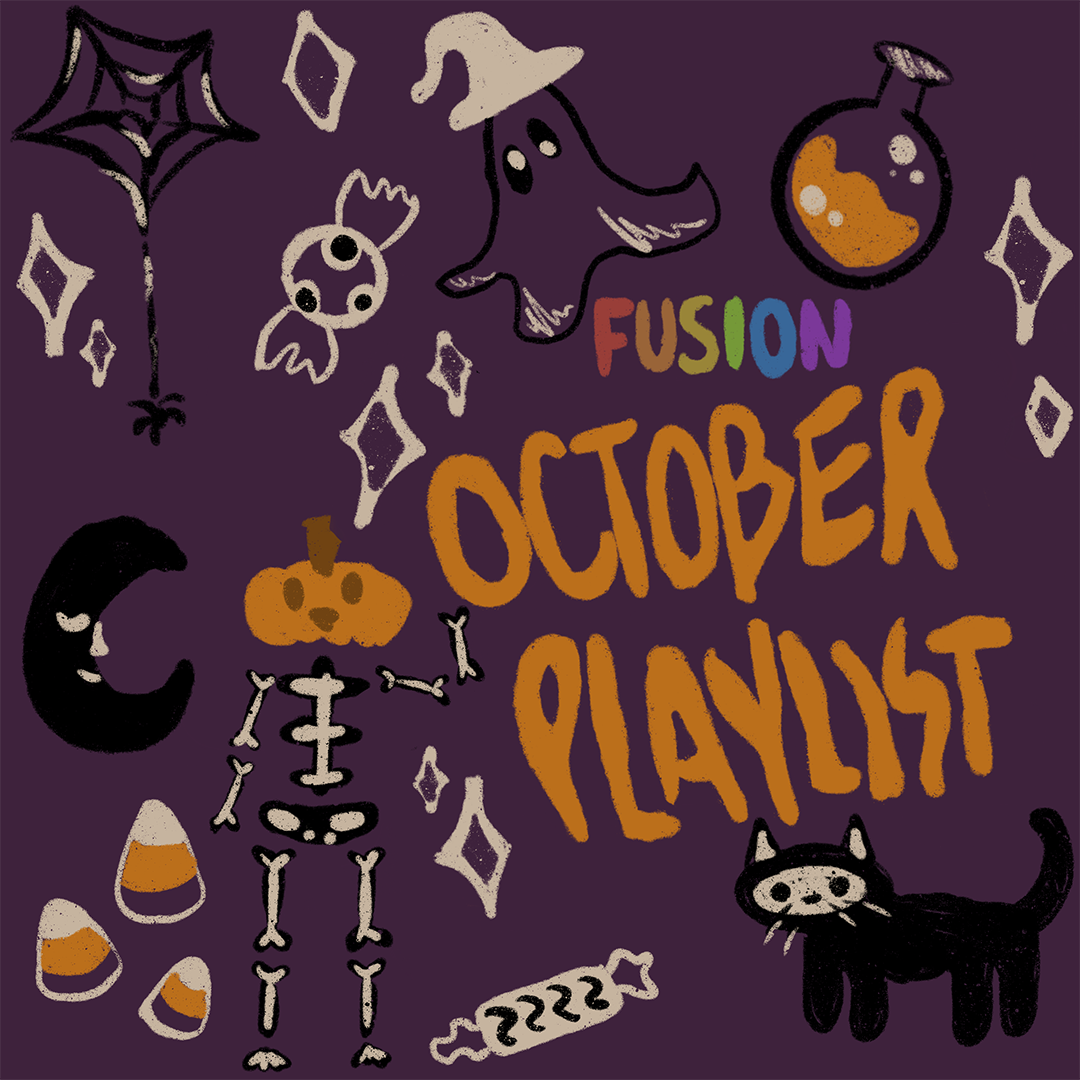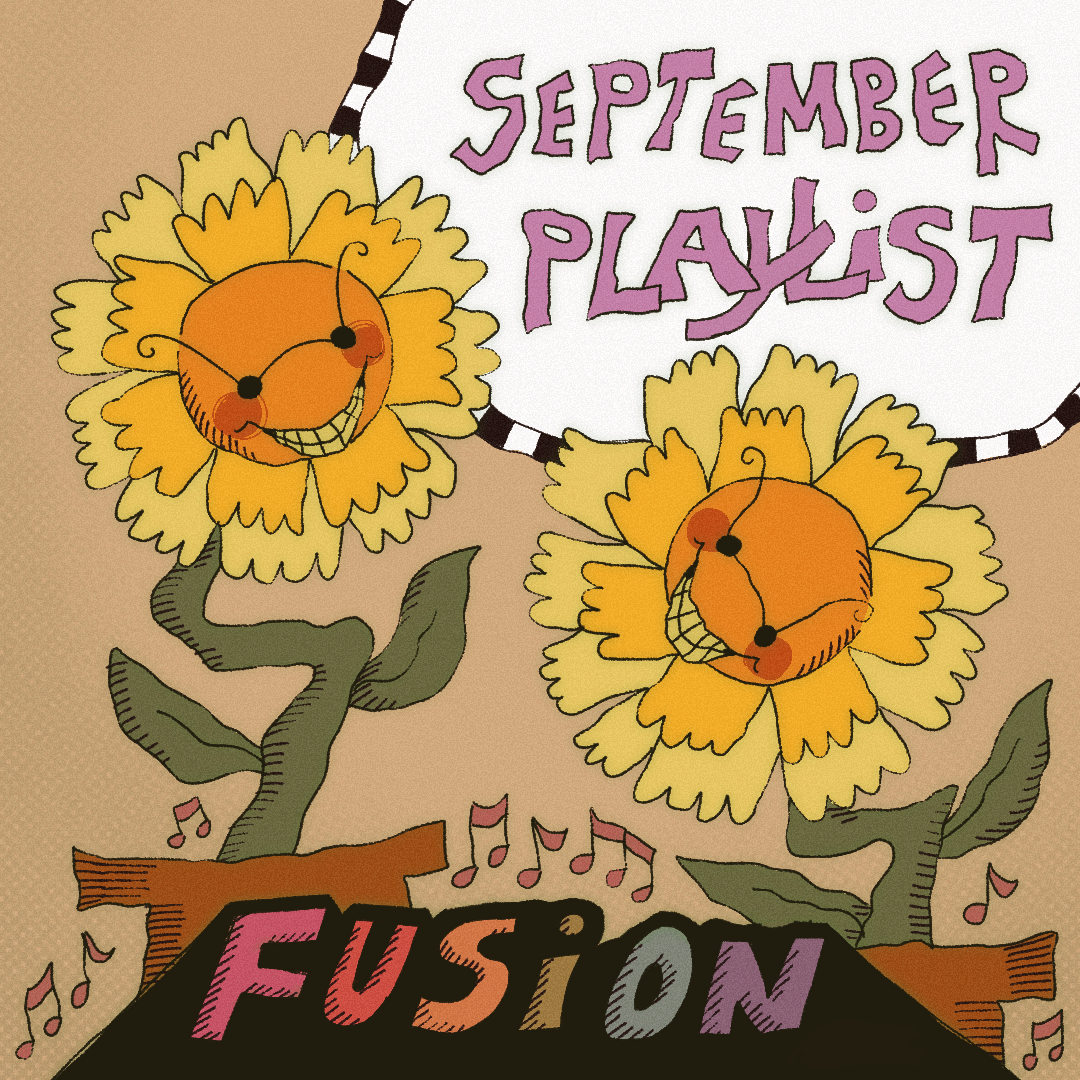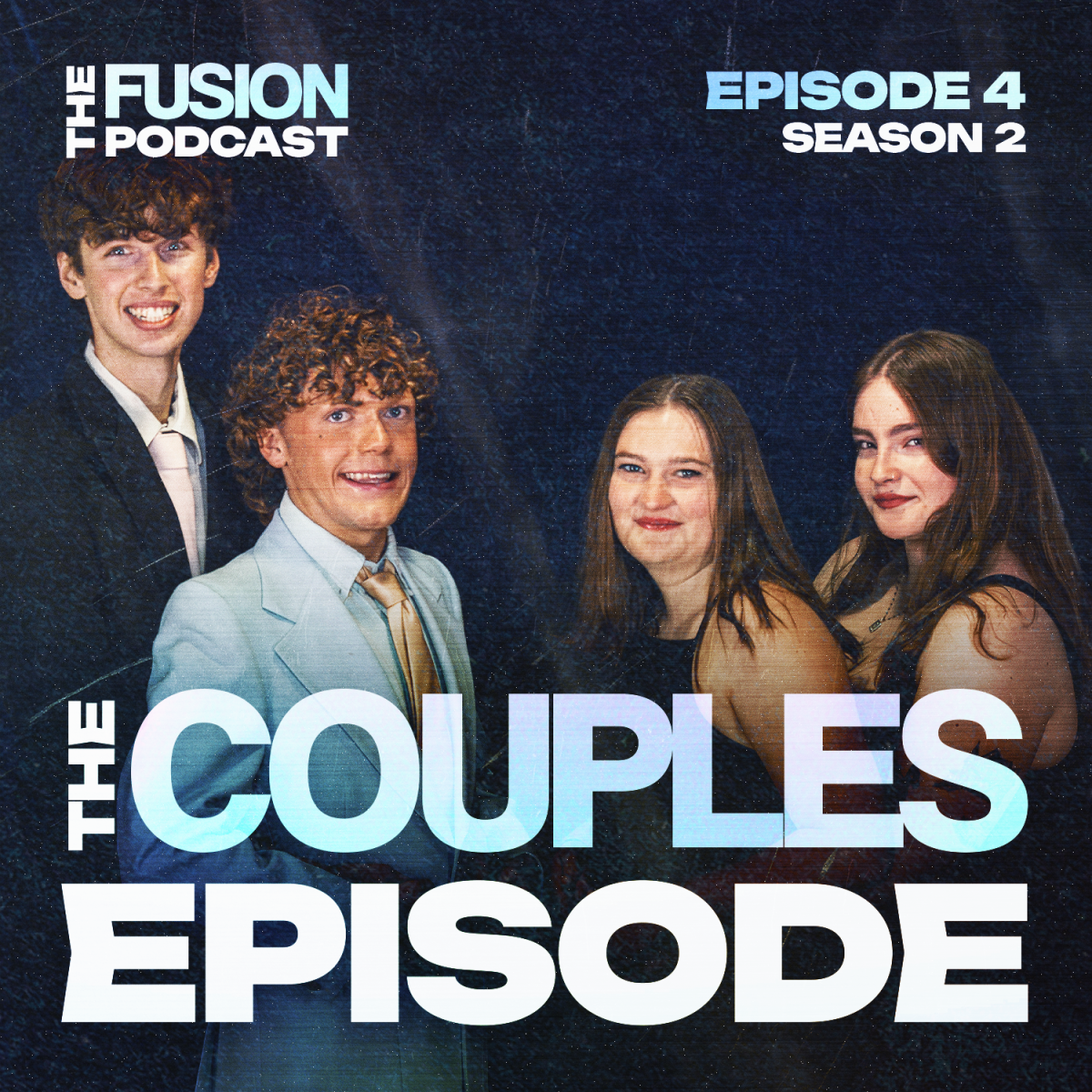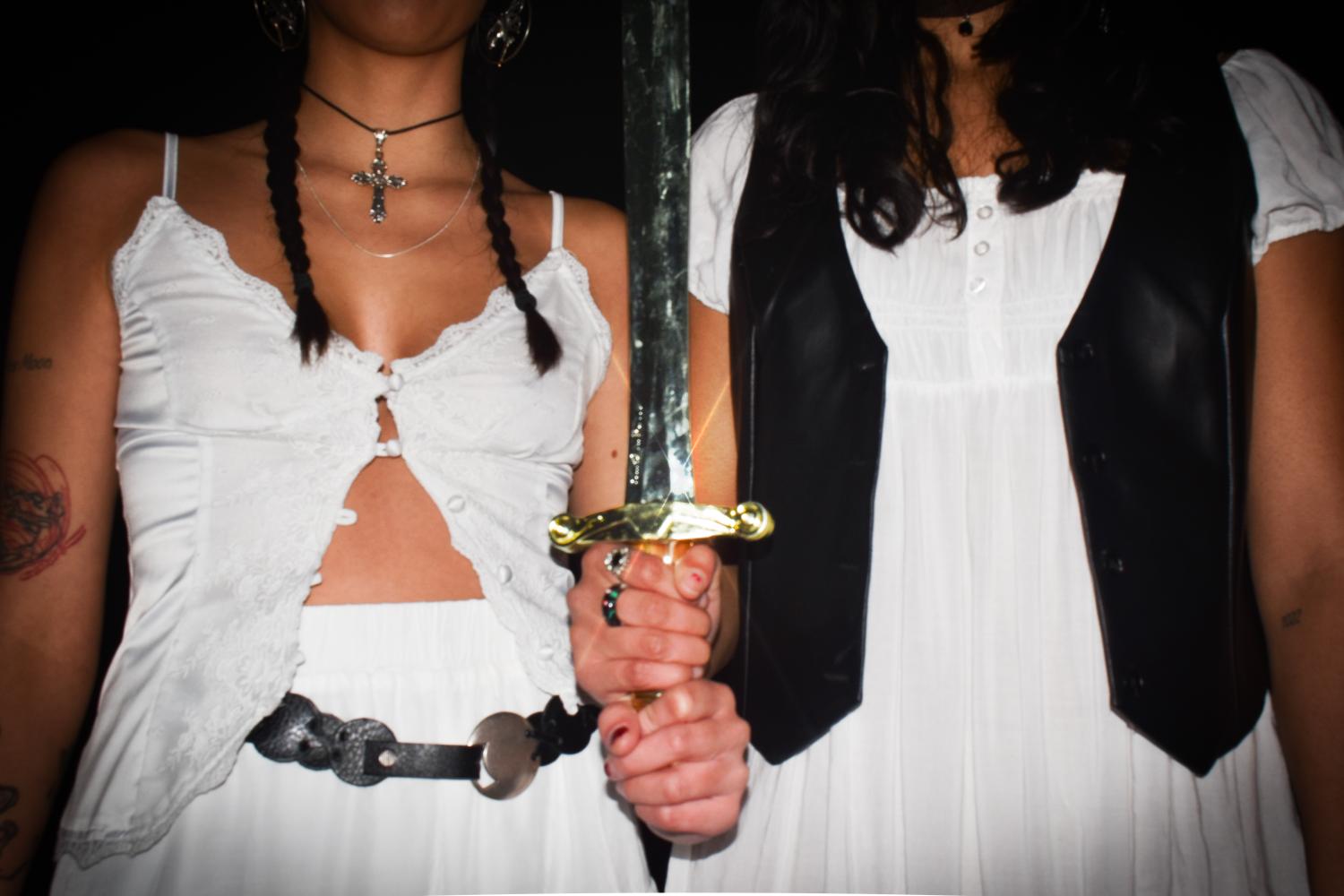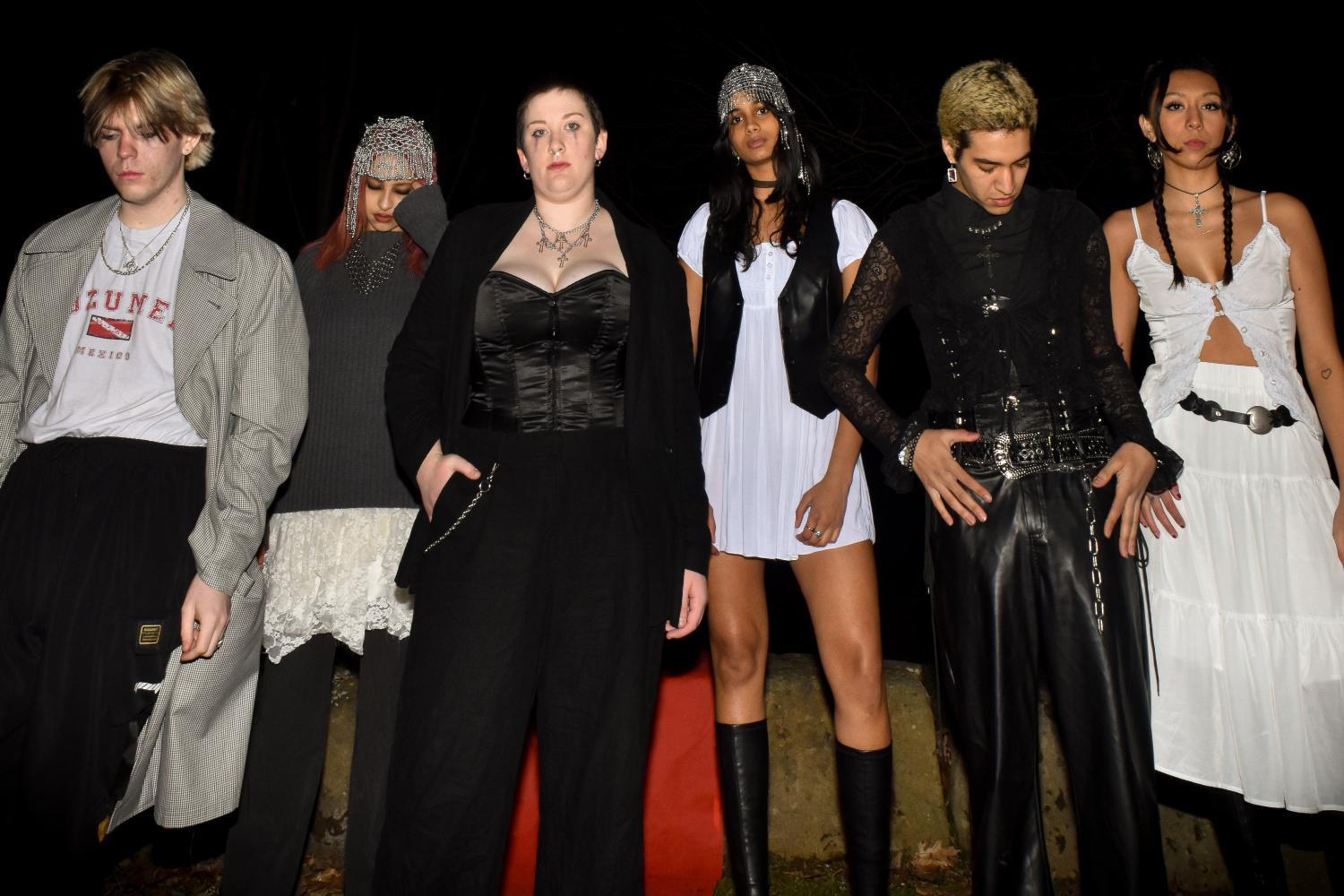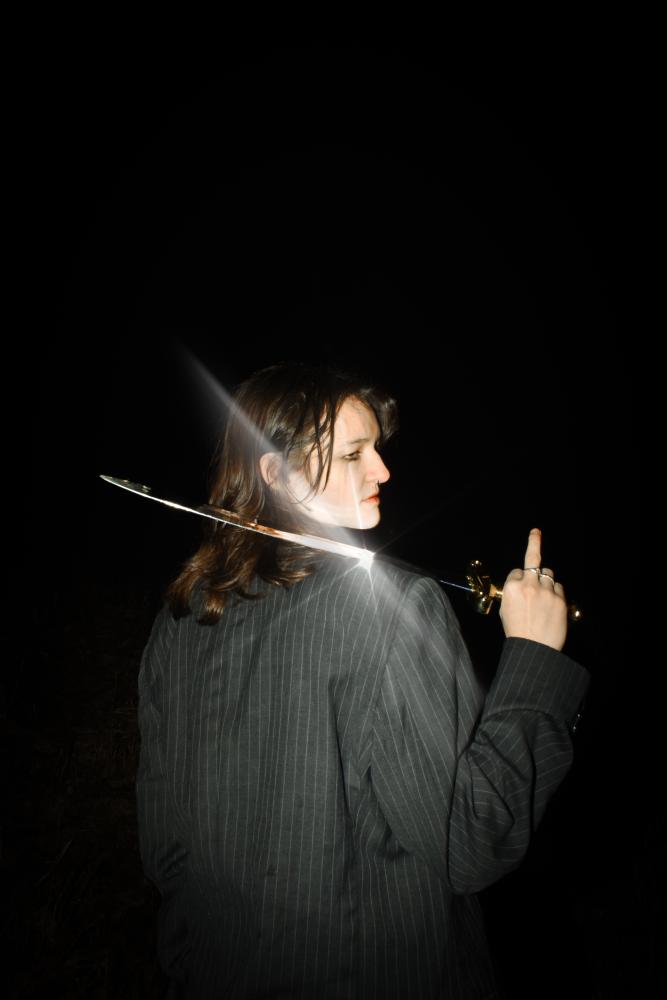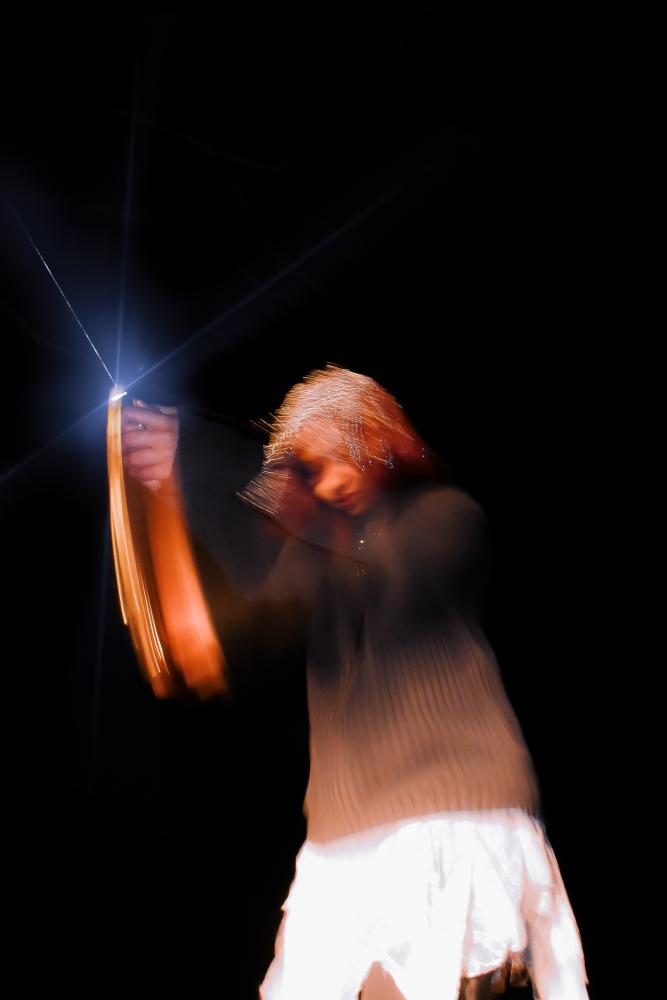Words by Alyssa Coyle, Nina Gwin, and Julie Hostetter. Photos by Nina Gwin.
Exhaustion. Desperation. Wrath. Being a part of the LGBTQ+ community has its positive moments, but the community’s history of being oppressed has caused a pattern of rage across its members. Fighting against a force that refuses change is exhausting. When calls for mercy are repeatedly neglected, feelings of anger can and will arise. Where do we place our anger? How can we continue to thrive in the face of ongoing oppression?
Rage has always been an important piece of queer history — after all, the first pride parade was a riot. In 1969, police raided the Stonewall Inn, a gay club in New York City, sparking riots and protests that lasted over six days. According to History.com’s 1969 Stonewall Riots article, there was bound to be disruption in a time where a gathering of homosexuals was considered “disorderly” and engaging in same-sex activity was illegal.
Naturally, this treatment evokes rage, but misplaced anger serves no purpose. How can we channel this rage into something worthwhile? Like it or not, rage inspires change. The Stonewall riots were not the first events of the gay rights movement, they are attributed as the inciting events for LGBTQ+ activism.
Throughout history, governments have tried to oppress and alienate the LGBTQ+ community. History.com’s gay rights timeline gives the best examples of these events: The AIDS crisis was considered a “gay disease” in 1983. Bill Clinton’s “Don’t Ask, Don’t Tell” policy of 1993, which allowed gay men and women to serve in the military, as long as they kept their sexuality a secret, further shamed LGBTQ+ people into hiding their identities. Gay marriage was not even fully legalized until 2015.
Rage materializes from exhaustion, from relentless fighting accompanied by no sign of change. Alas, even spaces queer and trans people spent decades fighting for are no longer safe. It is no surprise that LGBTQ+ people are angry.
A subculture of punk, known as queercore, is heavily reliant on themes of rage and fury. After being overwhelmed with relentless oppression in both mainstream society and the punk community, LGBTQ+ people were exhausted. Queercore was an outlet for them to expel their anger through shocking visuals, explicit lyrics and sexual liberation. The most popular quote to come out of queercore is, “Not queer as in happy, but queer as in ‘fuck you.’”
Continuing to exist in the face of ongoing oppression is suffocating. Even with movements such as queercore, which channel rage into a form of community and understanding, constant oppression for hundreds of years is bound to cause an uproar.
While corporations have attempted to be more accepting to queer people, especially through Pride Month campaigns in June, they can almost come off as more offensive than appreciated. Watered-down pride campaigns that last for exactly one month — not one day more, not one day less — appear to be superficial, performative and even hypocritical.
Tracey Anne Duncan, a writer for Huffpost, writes about their experience with queer rage during Pride Month: “I’m so tired of prancing in parades to win acceptance into cis-het society that I skipped it this year. I refuse to masquerade in respectability drag to be a more palatable mascot. My identity is not brandable content.”
Them, an online publication focused on LGBTQ+ storytelling and activism, dubbed July “Queer Wrath Month” that is all about celebrating the community that comes out of anger. After June’s somewhat frustrating Pride Month campaigns, Queer Wrath Month is about expelling anger in a healthy way.
Them explores a variety of different outlets to expel your queer rage, from heavy topics such as raising money for local abortion funds, attending a protest or demonstration or engaging with LGBTQ+ issues through social media, all the way to screaming into a stuffed animal, visiting a rage room with friends or participating in a mosh pit. Any way for that rage to emerge from your body is better than it staying pent up inside.
Artistic expression has always been a strong suit of the queer community. “When channeled in the right way, rage can create beautiful art pieces, or create new levels to relationships,” said Devon Laszewski, a third-year Managerial Marketing major at Kent State. “Rage can do a lot, as long as it’s channeled in the correct way,” Laszewski added. Artists like Keith Haring, Frida Kahlo, and Sunil Gupta built a platform representing relevant queer issues that were otherwise stigmatized and ignored. LGBTQ+ folks channel emotion in a myriad of ways. Queer art sheds light on the gay experience in ways that otherwise wouldn’t exist; immersing yourself in art can be a powerful and healing experience.
As suffocating as queer rage can be, it can also manifest in positive ways. Most prominently, it can be channeled into change and revolution. However, there are other ways that anger can be turned into a positive emotion. For example, expressing anger can be incredibly cathartic for people who have grown up in certain gender roles.
Young girls are usually raised to be polite and quiet, often suppressing their emotions for the sake of other people. When given the freedom to be outwardly angry and express their feelings, it can be a relieving feeling.
Most people are told that anger is a bad feeling, but Tracey Anne Duncan argues that rage and love can work together, saying, “Love is not just hearts and flowers. It’s also fierce and not to be trifled with.”
Staying grounded in love and rising up in rage allows the LGBTQ+ community to make their voices heard.
Finn Wirbel, a Creative Writing major at the State University of New York at New Paltz, gave a contemplative perspective on rage. “I feel anger more than I feel sadness in my day-to-day life. I am always angry about something. I don’t necessarily think that is good, or truly healthy,” said Wirbel.
Rage is fragile but crucial; while members of the community before us have demonstrated that effective revolution is possible, rage can be misplaced. The energy rage curates is powerful, but it can be directed to change. “However, rage is cathartic,” Wirbel added, “Especially for people who do not feel it nearly as frequently. To be angry means to care. Just as love and hate go hand in hand, I think that rage and joy do as well. Queer rage is an act of resistance, just as queer joy is.”
Yeah, we’re fucking angry. But that’s a good thing. Rage fuels revolution.

